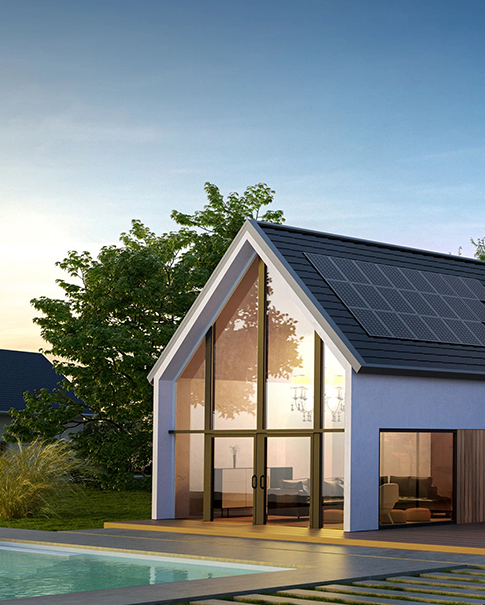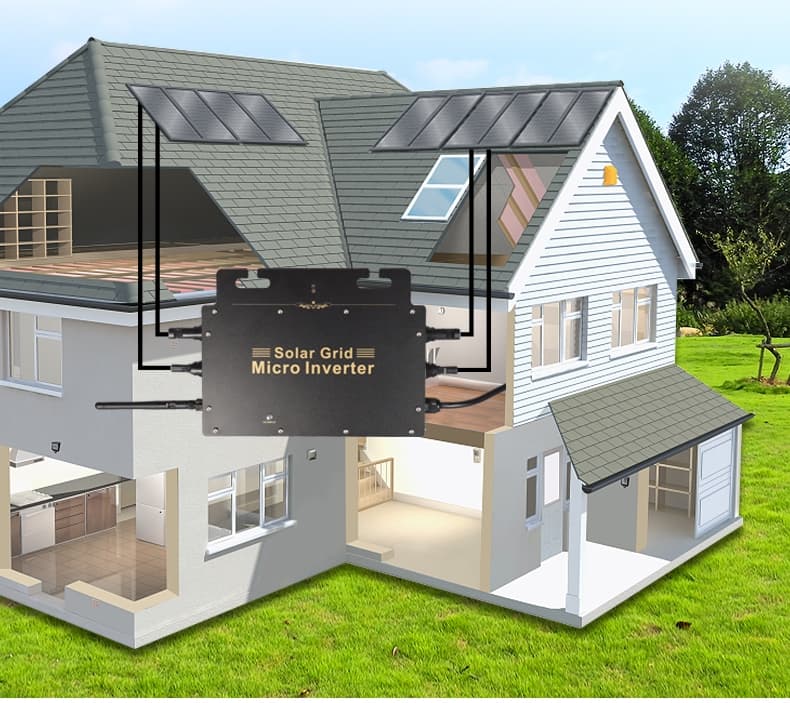-
Make a Call : +86 -13244735151
-
Get A Estimate : chris@keyuenewenergy.com
What Are You Looking For?
What Are You Looking For?
Make a Call : +86 -13244735151
Get A Estimate : chris@keyuenewenergy.com

Exploring the Benefits of Mini Grid-Tied Inverters: A Google Independent Site Promotion
Apr 17, 2024Introduction:
With the popularity of renewable energy sources, mini-tied inverters have emerged as a vital component in the realm of energy solutions. These compact devices enable the seamless integration of solar power into our existing electrical grids, allowing for efficient power generation and reduced reliance on traditional energy sources. In this article, we will delve into the benefits of mini grid-tied inverters, their working principles, and their positive impact on the environment. Let's explore the fascinating world of mini grid-tied inverters together!

Understanding Mini Grid-Tied Inverters:
Mini grid-tied inverters, also known as micro inverters, are compact electronic devices that convert the direct current (DC) electricity produced by solar panels into alternating current (AC) electricity that can be used to power household or commercial appliances. Unlike traditional string inverters, which are connected to multiple solar panels, each mini grid-tied inverter is connected to a single solar panel. This design offers several advantages, including improved energy production, enhanced safety, and simplified installation.
Increased Energy Production:
One of the primary benefits of using mini grid-tied inverters is their ability to maximize energy production. Traditional string inverters are susceptible to power losses caused by factors such as panel shading or dust accumulation. In contrast, mini grid-tied inverters operate independently, ensuring that the performance of each solar panel is optimized. This individualized approach leads to increased energy output, allowing users to harness the maximum potential of their solar installations.
Enhanced Safety:
Compared to traditional inverters, mini grid-tied inverters offer enhanced safety features. With string inverters, the entire solar array operates at the voltage of the highest-producing panel, presenting potential safety hazards during maintenance or emergencies. Mini grid-tied inverters, on the other hand, operate at lower voltages, improving overall safety. Additionally, since each panel has its own inverter, the risk of electrical fires or shocks is significantly reduced.
Easy Installation and Scalability:
Installing mini grid-tied inverters is a straightforward process. Each inverter is connected to a single solar panel, simplifying the overall setup. This plug-and-play design eliminates the need for extensive wiring and complex configuration. Furthermore, mini grid-tied inverters offer scalability, allowing users to expand their solar installations incrementally. This flexibility makes them an ideal choice for both residential and commercial applications.
Positive Environmental Impact:
The integration of mini grid-tied inverters into our energy infrastructure has significant environmental benefits. By harnessing solar energy, these inverters contribute to the reduction of greenhouse gas emissions and help combat climate change. Additionally, mini grid-tied inverters enable a decentralized approach to energy generation, reducing transmission and distribution losses associated with long-distance power transmission.
Conclusion:
Mini grid-tied inverters have revolutionized the way we harness and utilize solar energy. Their compact size, improved energy production, enhanced safety, easy installation, and positive environmental impact make them a compelling choice for anyone looking to adopt renewable energy solutions. By promoting the use of mini grid-tied inverters through Google independent sites, we can spread awareness about their benefits and encourage the transition to a cleaner and more sustainable energy future.